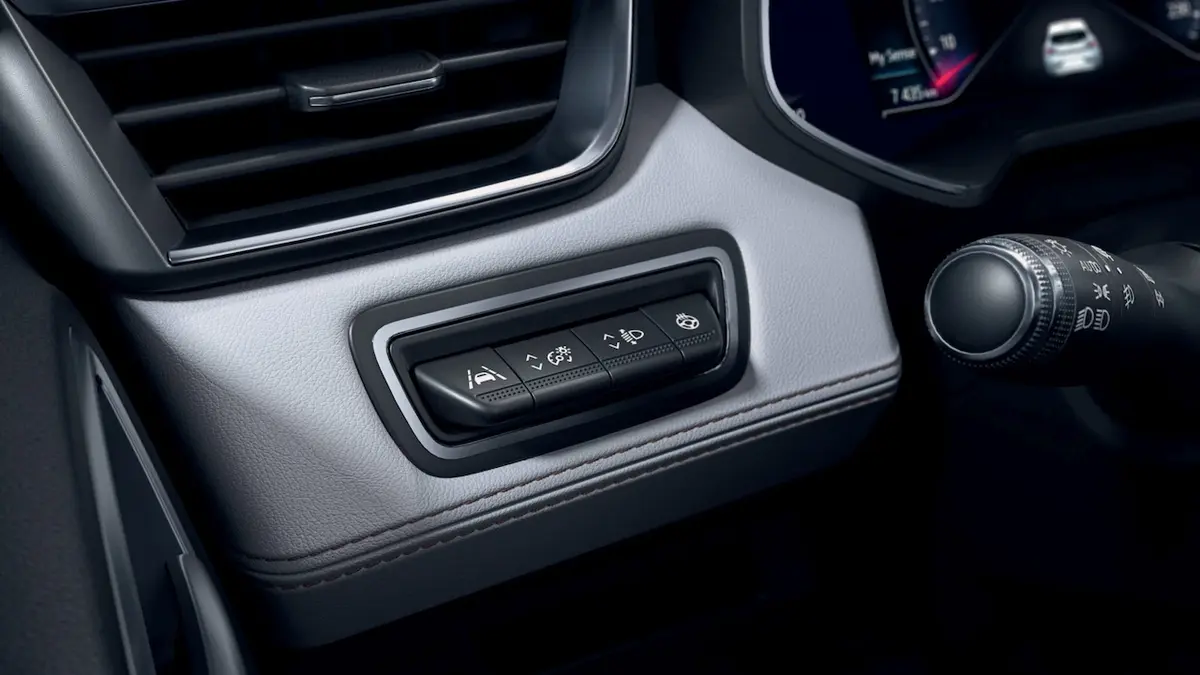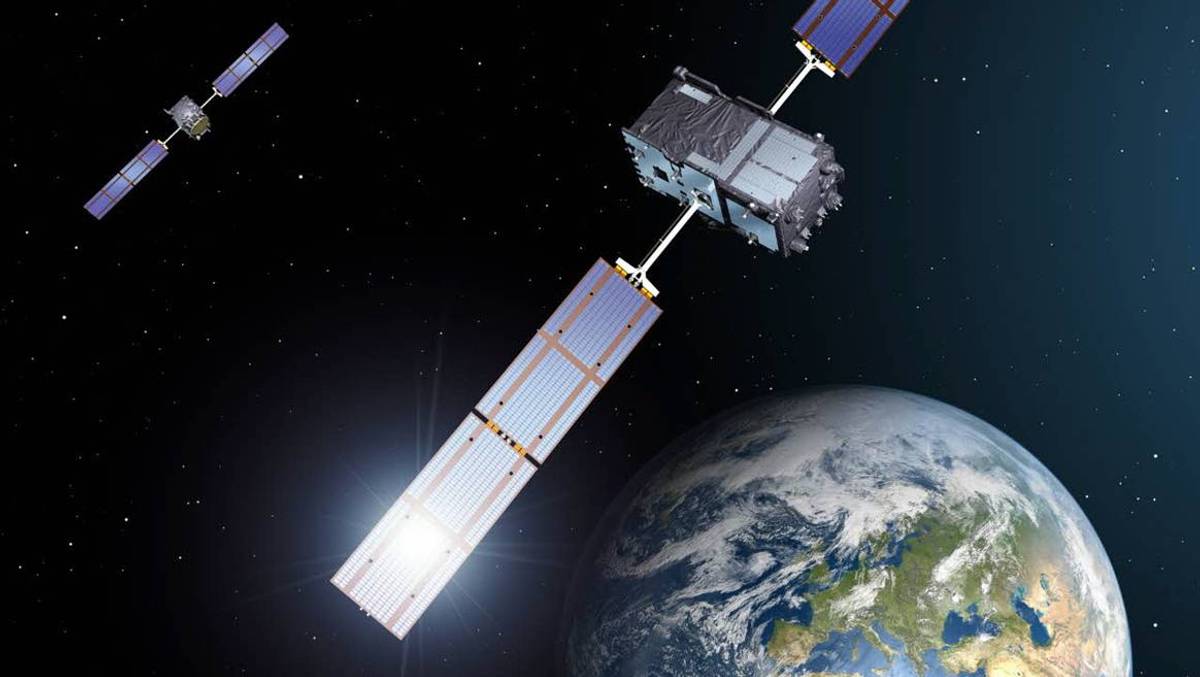Our view of the following five elements that we test in the new car is completely subjective. Some are enforced by law, others don’t work well enough to really help the average driver or crew.
Camera is not a mirror
Cars like the Lexus ES, Audi e-tron or Honda e camera have cameras instead of mirrors due to their aerodynamics and the obvious interest of modern technology enthusiasts. The small segment terminated by the camera transfers the image to the indoor screen.
Lexus ES digital mirror test
Video: News
The screens offer a wider view of the environment, they have a better picture at dusk or in the dark and rain. But that’s where the benefits end. You will get used to looking in rather than out in a few days. However, poorer orientation in space and in specific solutions, like the low screen on the Audi or the poor image resolution on the Lexus, bothers me.
Despite the high demands on aerodynamics and the resulting lower emission standards or higher range of electric cars, we do not predict a mass future for these elements. However, we can certainly be wrong in today’s turbulent automotive world.
Voice control instead of buttons
This is the only piece of equipment that doesn’t automatically interrupt the driver, but we find it unnecessary in most cases. Voice control is associated with the overall phenomenon of turning a car interior into a mobile tablet full of touch surfaces.
According to the automaker, voice control is an alternative to controlling basic controls. But it often doesn’t work the way we want it to.
Over time, many cars have learned Czech and some premium cars have understood phrases similar to regular calls. But often cars want harsh and very semi-deplorable instructions, which also need to be clarified and approved several times.
As such, voice instructions can hardly be a useful alternative to circular ventilation controls or simple seat heating buttons. So if you accept it, you will talk to the car…
Self-dimming sunroof
The Citroën C4 Cactus has tried to get past the expensive electric sliding screen of the panoramic roof with technology that darkens the glass in the sun. But similar to the fourth generation koda Fabia, this seems more of a compromise solution.
For example, in the new Koda Fabia, the sunroof has no screen.
Photo: koda Auto
The glass remains too dark for lovers of bright interiors, even on a partly cloudy day, on the other hand, for those who can’t stand the sun, the screen is not strong enough. Also due to very steamy days and parking in the sun. That’s why koda also includes a manual screen in its accessory, which can be attached to shade the interior.
Therefore, skylights are better which let the light into the interior completely or not at all. Even so, they remain a risk factor, and used cars are no exception. We love the light and the sky overhead, but especially the versions with the opening mechanism carry loads to the worst places on the body, so they increase the center of gravity. They can also leak and cause noise at higher speeds.
Keep driving on track
Today, the system most often uses a camera behind the interior rearview mirror to detect lanes and warn drivers if they cross the lane without a turn signal. At first, the system is useful is good, which is annoying, even dangerous, in real operation.
Line Guard Assistant
Photo: koda Auto
There’s some degree of intelligence to such devices, but most still don’t recognize the yellow line in the narrowing, fade the line, are no longer used, or even confuse asphalt joints with lines.
The passive system alerts the driver with vibration in the steering wheel, a tone or other signal, but the active version directly interferes with steering. At the constriction or on a narrow district road, he then trips or steers the car into a dangerous situation.
This element first spread to new cars, including the cheapest segment standard equipment, as it is an important part of the Euro NCAP safety assessment.
Since 2019, it’s been mandatory for newly produced cars, so the fact that we don’t want it in a car remains a simple call in the topic of this article. During testing, we often dealt with how readily automakers were willing to provide a shutdown of a system that, however, frequently reactivated itself upon start-up.
However, lane keeping is justified as part of a semi-autonomous driving package, as long as it’s modern enough to hold the car in the middle of the lane. This, at long ranges combined with intelligent adaptive cruise control that maintains a distance from the vehicle in front, can save the driver, who of course must always be careful and touch the steering wheel.
Self parking
Already at the beginning of the last decade, longitudinal and transverse parking assistants began to appear in the mainstream segment. This feature can use parking sensors and electric power steering to guide the car into a parked vehicle.
To keep drivers alert by automakers in various ways, sometimes for example you have to hold down the appropriate button until the maneuver is complete.
Again, the system improves with each generation, but in practice we only tried this assistant for each car due to the nature of our profession, but we never used it again. Despite the acceleration, it is often a lengthy process where the car has to measure its seat and force the driver to respond to instructions.
During this time, a column forms behind you and you’ll just have to wonder if you won’t be alone in line for a long time, given all the cameras and sensors. In addition, the computer does not dare to perform very tight maneuvers, which is a challenge even for experienced drivers.

“Music maven. Evil pop culture lover. Unapologetic creator. Friend of animals everywhere.”






